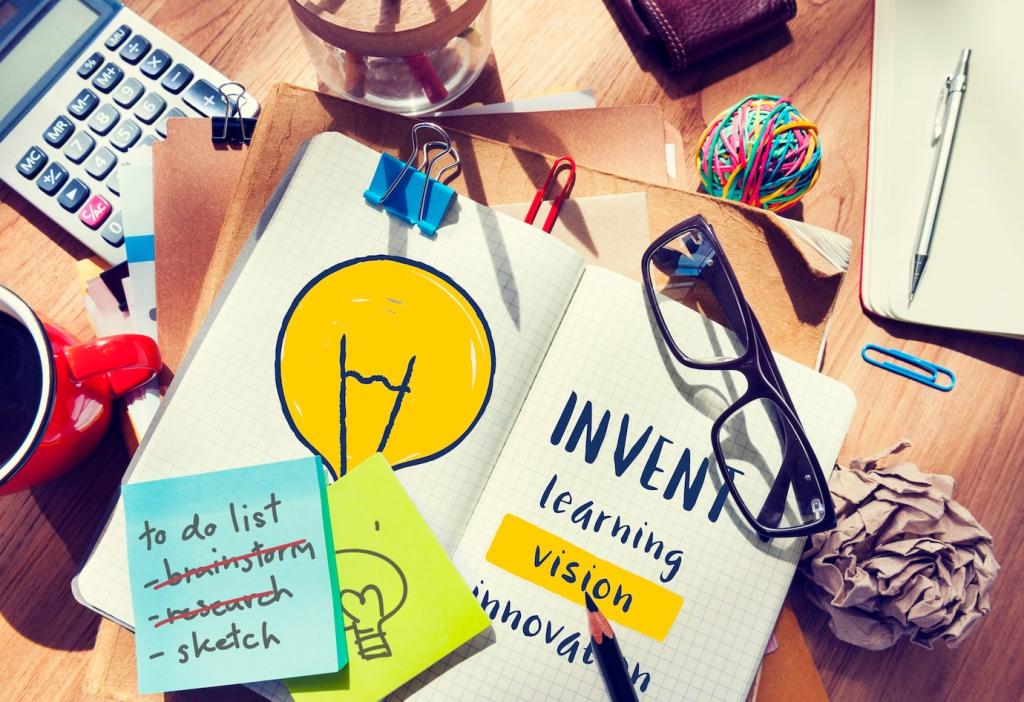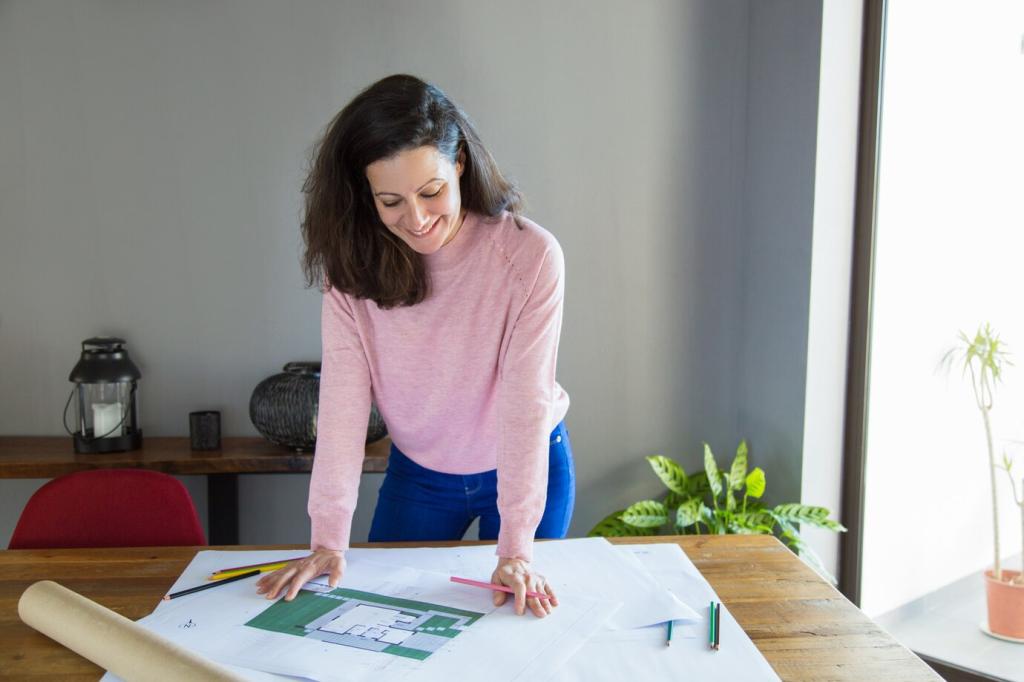Project 5: Wearable Safety Glow Band
Grab a pre-made coin cell holder, bright diffused LEDs, heat-shrink or tape, and Velcro. Arrange LEDs in parallel with individual resistors for even brightness. Keep wiring neat so it survives everyday use.
Project 5: Wearable Safety Glow Band
Measure your wrist or ankle, attach the holder, and route wires along the band. Test polarity and brightness before securing everything. A soft diffuser layer makes the light kinder and more visible from afar.






